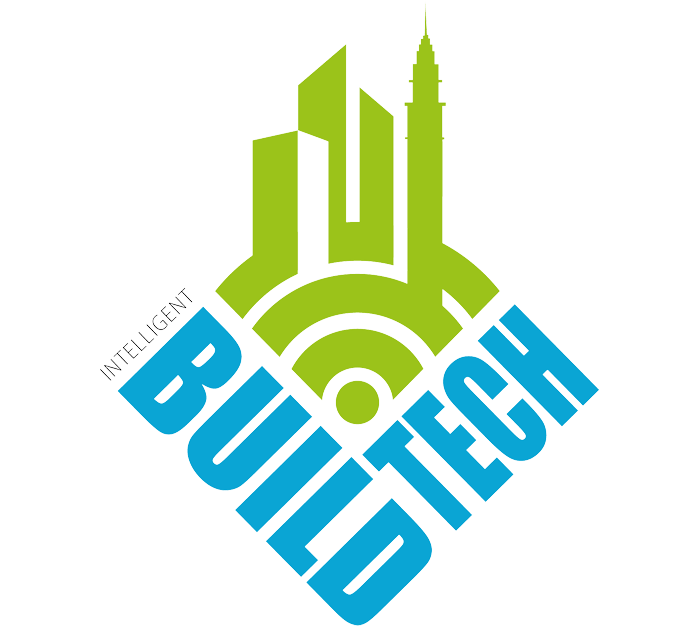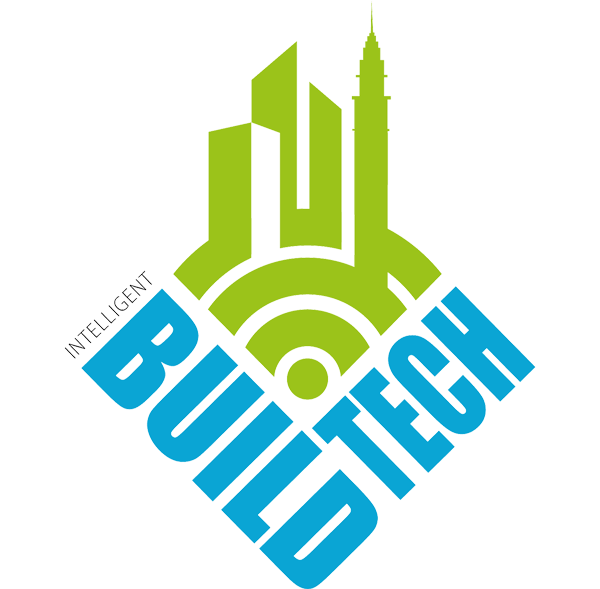Samantha Odo, Real Estate Sales Representative at Precondo

Modular construction
One of the emerging solutions that excites me the most is the rise of modular construction techniques. Modular construction involves building housing units off-site in a controlled factory environment before transporting them to the final location for assembly. Not only does this method reduce construction time and costs, but it also allows for greater flexibility in design and customisation. Modular housing has the potential to significantly reduce overall development costs, making homeownership more accessible to many.
Shared housing
In addition to innovative construction methods and materials, the concept of shared housing is gaining traction as a viable solution to affordability challenges. Shared housing arrangements, such as co-living and co-housing communities, allow individuals or families to share living spaces and amenities while splitting costs. These arrangements not only reduce the financial burden of housing but also foster a sense of community and social connection, which is increasingly important in our fast-paced and often isolating world.
Alternative building materials
Another promising avenue for increasing housing affordability is the utilisation of alternative building materials. Traditional construction materials like concrete and steel can be expensive and resource-intensive, driving up the cost of housing. However, advances in technology have paved the way for the use of sustainable and cost-effective materials such as recycled wood, bamboo and even hempcrete. Not only are these materials more environmentally friendly, but they also offer significant cost savings without compromising on quality or durability.
Government intervention
There’s a growing trend toward government intervention in the housing market. This includes policies aimed at providing affordable housing, such as subsidies, rent controls, and inclusionary zoning. While these solutions are not without their challenges, they have shown promise in some cities. Government intervention is crucial in addressing the housing affordability crisis, and it’s encouraging to see more and more governments taking proactive steps in this direction.
Lucas Haldeman, Co-founder and CEO of SmartRent

Operating costs can have a profound impact on rental housing affordability, so deploying technologies that reduce operational expenses is a great way to drive housing accessibility. Smart Home solutions that decrease energy consumption and PropTech that makes on-site teams more efficient directly decrease operating costs and contribute to housing attainability.
While there is value in implementing solutions at scale, technology deployments should be tailored to optimise the individual performance of each property. The most powerful drivers of operational efficiency at the property level are technology solutions that serve a primary function while also complementing or enhancing other PropTech. Those synergies between tech solutions establish efficiencies and create an Internet of Things (IoT) that delivers benefits greater than the collective sum of its parts.
Smart thermostats, lighting and electrical outlets each save on utility costs, but when linked through a smart hub such devices take energy efficiency to another level. A single source of control for Smart Home devices not only increases visibility into energy usage but empowers operators and residents alike to dial in settings for the greatest cost savings.
Smart access controls can be customised by community to create greater autonomy for residents and save time for on-site teams. They also enhance self-guided touring platforms by enabling operators to issue temporary access credentials, allowing prospects to seamlessly navigate the community and view specified homes and amenity spaces without being accompanied by a leasing associate. Smart access controls also allow prospects to tour after hours or on days when leasing offices are closed, saving money and team members’ time.
Mobile maintenance workflow platforms enhance the productivity of service teams by enabling maintenance technicians to remain in the field, improve response times and streamline task management. AI-equipped workflow platforms strategically assign maintenance tasks to either the technician in closest proximity to the job or a team member with the required skill set or certifications, reducing transit time and labour costs and ensuring the work is done right the first time.
Efficient communities bolster affordability and help to create more dynamic and accessible housing markets. The ability to pass through operational savings to residents results in lower rents helps to address housing attainability on a larger scale.
Allen Feliz, Vice President of US affordable housing, MRI Software

It might surprise people to learn that technology is playing a significant role in alleviating the housing crisis and improving affordability. Surprise probably stems from a common assumption that technology is a luxury beyond the budgets of subsidised housing organisations. Until recently, many of these organisations would have shared this view. But more and more are recognising that technology can optimise financial performance and increase efficiencies, saving both money and staff time.
Addressing compliance regulations, for example, is a notoriously complex, time-consuming process. Today housing organisations can use technology to automate the completion and submission of forms that demonstrate compliance with federal programs like LIHTC or HUD Multifamily. Process wizards can handle initial resident certification and subsequent recertifications, and other software tools can track and report on the different financing sources that subsidise a community.
Technology is also streamlining the application process, through tools that screen applicants, verify income and employment, and facilitate waitlist management. Such tools, many of which use AI, reduce reliance on manual, labour-intensive, paper-based tasks.
Property management is benefiting from technology too. Online portals allow residents and managers to exchange information. Residents can also use the portals to place work orders or pay rent online, eliminating the need for employee bank runs.
In some communities, phone services equipped with speech recognition technology provide similar services. Whether online or offline, these tools enable staff to devote their time and energy to more complicated or pressing issues and address them in person as needed. And mobile apps give them the flexibility to do their job remotely, encouraging employee retention in an industry with high turnover.
Another advantage of technology is the ease with which housing organisations can collect and analyse data on operations and finances. On the operations side, asset managers can identify areas where performance can be improved and risks can be better managed. Imagine a situation where asset managers could view data on utility usage. Perhaps a resident’s water usage is far above the norm. That could indicate a leak, and maintenance could take care of it immediately, well before the leak causes widespread damage.
To conclude, technology isn’t solving the housing crisis overnight, but it is helping housing organisations save money and time. The results include a better bottom line, happier employees, and happier residents. In a cash-strapped industry where every dollar matters, technology has morphed from a luxury to a necessity.




